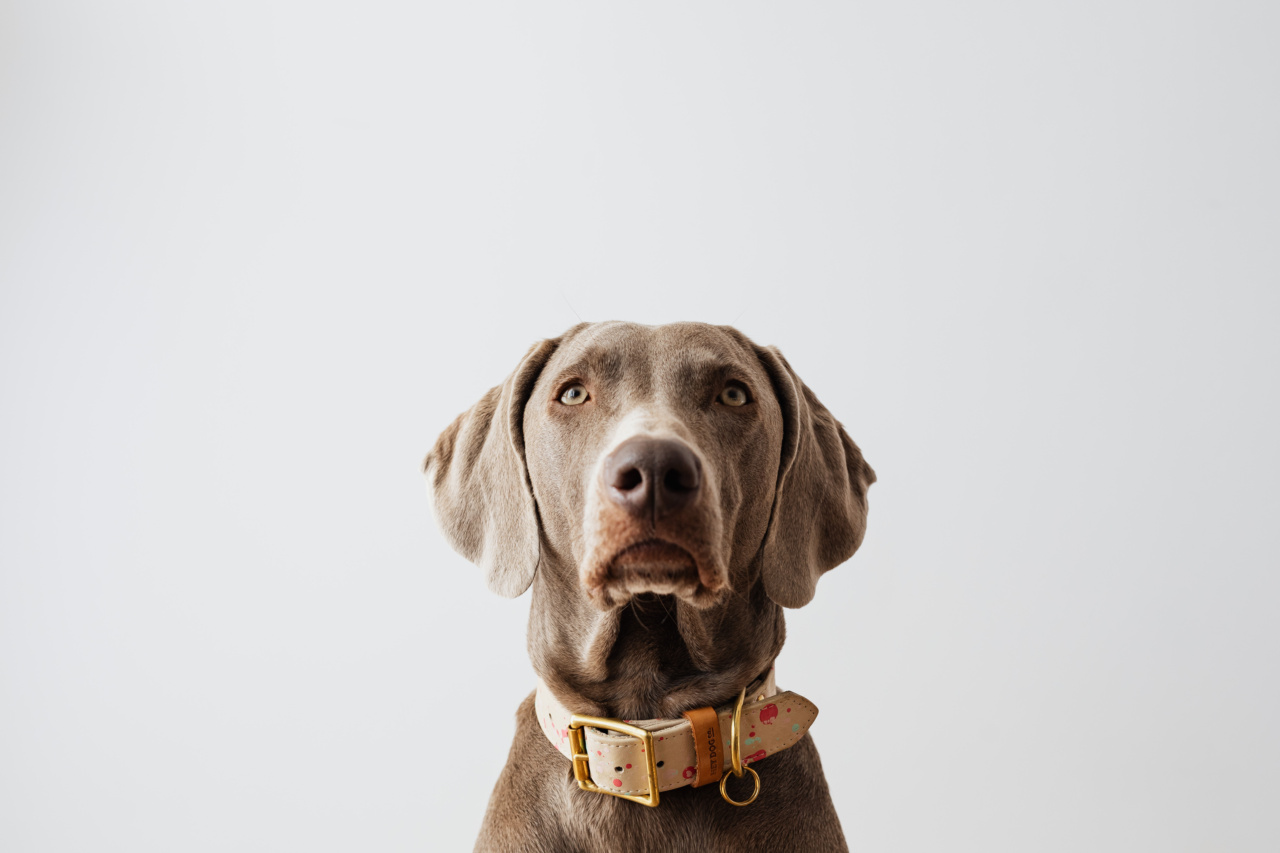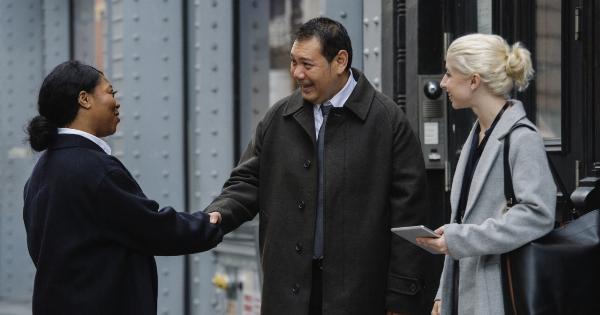Dogs are known for their loyalty and love, but not all dogs are born with confidence. Some dogs may have experienced traumas or had negative experiences that have made them fearful and anxious.
It’s essential as dog owners to understand the importance of building trust and confidence in our furry friends. By following these proven methods, you can help your dog regain their confidence and live a happier, more fulfilling life.
1. Patience and Understanding
Building confidence in a dog takes time and patience. Understand that progress may be slow, and setbacks are natural. Avoid rushing the process and be prepared to adapt your approach to fit your dog’s needs.
Each dog is unique, and their journey to confidence will vary.
2. Positive Reinforcement
Positive reinforcement is a powerful tool in building your dog’s confidence. Reward your dog with treats, praise, and affection when they display small acts of bravery.
By associating positive experiences with new situations, your dog will begin to feel more comfortable and confident.
3. Consistent Training
Implement consistent and positive training methods to help your dog understand what is expected of them. Clear communication through training builds trust and confidence.
Use cues and commands that your dog can understand and be patient when teaching new skills.
4. Socialization
Socialization is crucial in developing your dog’s confidence. Gradually expose your dog to different environments, people, and other animals in a controlled and positive manner.
Engage in safe playdates, dog parks, or enroll them in training classes led by experienced trainers.
5. Desensitization
If your dog has specific fears or anxieties, desensitization can help them overcome these challenges. Start by exposing your dog to low levels of their trigger and gradually increase the intensity or duration as they become more comfortable.
Always provide positive reinforcement during the process to create positive associations.
6. Provide a Safe Haven
Create a safe and peaceful environment for your dog where they can retreat when they feel overwhelmed or anxious. Set up a cozy area with their favorite bed, toys, and blankets.
Ensure this space is off-limits to children or other pets, allowing your dog to have a sanctuary where they feel secure.
7. Exercise and Mental Stimulation
Regular exercise and mental stimulation are essential for your dog’s overall well-being and confidence. Engage in daily walks, play sessions, or interactive toys that provide both physical and mental challenges.
A tired dog is generally a more relaxed and confident dog.
8. Avoid Punishment or Harsh Methods
Positive reinforcement is the key to building confidence. Avoid using punishment or harsh training methods, as they can damage your dog’s trust in you and worsen their insecurities.
Focus on rewarding good behavior and redirecting unwanted behaviors through positive reinforcement and consistent training.
9. Seek Professional Help
If your dog’s lack of confidence is severe or persists despite your efforts, consider seeking the guidance of a professional dog trainer or behaviorist.
These experts can provide personalized advice and create a training plan tailored to your dog’s specific needs.
10. Be a Calm and Confident Leader
Lastly, remember that dogs look up to their owners for guidance and reassurance. Remain calm, confident, and assertive when interacting with your dog.
Dogs can sense our emotions, so it’s important to project a positive and confident demeanor to help them feel safe and secure.






























